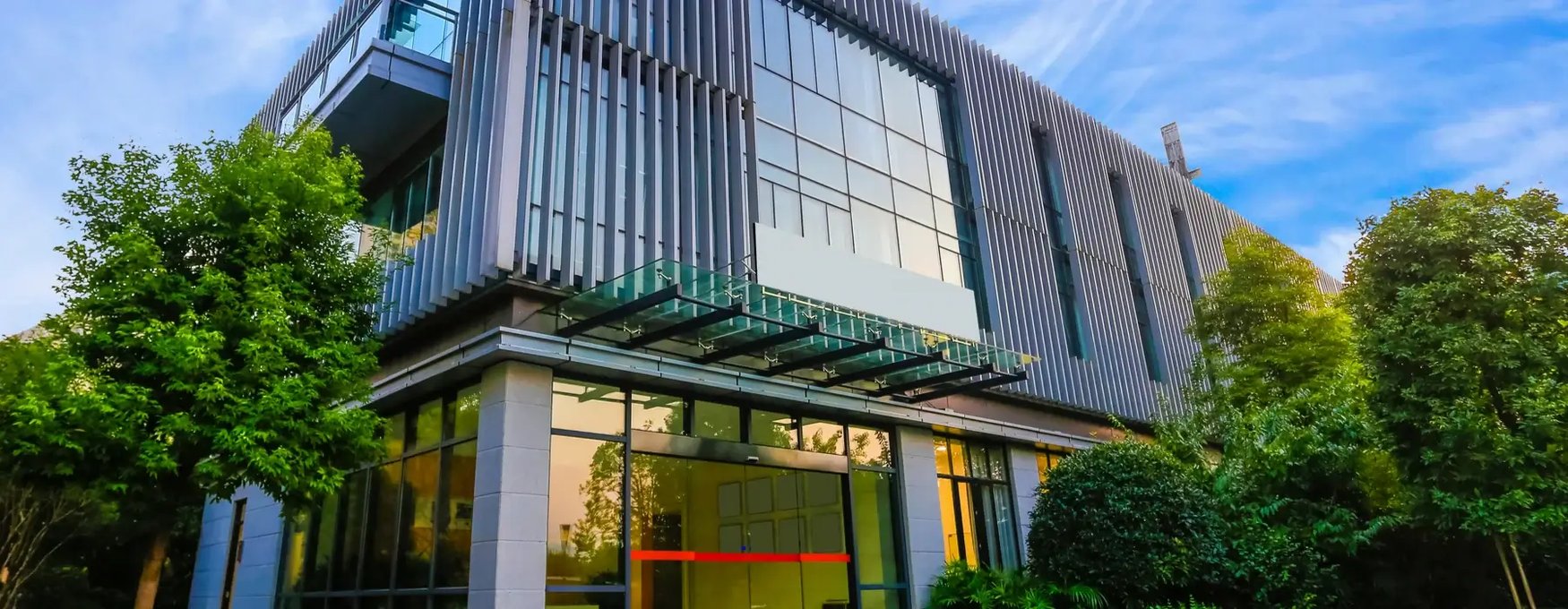How to Build an Energy-Efficient Building

Nowadays, commercial buildings try to incorporate sustainable, green energy as much as possible because of the many benefits it can provide them. One of those benefits is it can cut down energy bills, saving building owners a ton of money that they can use on other important things.
Some contractors try to construct completely energy-efficient commercial buildings, but they usually fail because they lack several key factors to achieve energy efficiency. If you have plans to build an energy-efficient building, you need to follow several steps to ensure your building can achieve it without a problem.
Incorporate Smart Design
You need to know that every energy-efficient building will always start with a smart design. Your designers, architects, and contractors need to familiarize all of the energy-efficiency steps in constructing a net-zero commercial building. You need to design a building that lets subcontractors and builders implement the steps to achieve cost-effectiveness as much as possible. Your builders should make the designers pay close attention to the different design parameters. The builder and designer should communicate efficiently to ensure the crucial details do not fall through the cracks.
Utilize the Sun to Achieve Solar Tempering
Another method to achieve energy efficiency in your commercial building is by using the sun for heating between south-facing windows during cold weather and decreasing heating costs. You can also provide shading on the same windows during hot weather. Installing solar tempering can help optimize the passive use of the sun's heating properties without sustaining the added value of thermal mass required to achieve the highest passive solar heating. Do not forget to add solar tempering during the designing process to provide more energy-efficient properties to your commercial building.
Utilize High-Insulation Windows
Windows are somewhat large energy holes in a properly insulated, airtight building envelope. If you want to cut down energy costs within your building significantly, your insulated windows can achieve that. Everyone inside the building doesn't need to turn on the lights during the daytime since the sun's natural light can provide them with insulated windows. What is excellent about them is you won't feel too much heat passing through the windows. You can even add louvers to either redirect or completely block off the sunlight. It also works the same during cold weather, where the inside of your building will stay warm without the cold air getting inside.
Installing Faucet Aerators
You can contact plumbers to install faucet aerators to conserve more water. It is a small device that you connect to the faucet's tip to provide splash-free running water. When you're washing your hands, the water will splash and can get on your clothes. It's also one of the many essentials that commercial buildings should have because everyone usually wears suits and ties and needs to keep it clean. Don't forget to install them in all of your building's bathrooms, kitchens, and anywhere else with faucets to conserve water and money and make it easier to use for everyone.
Choose Certified Electronic Products
Besides your building's construction, you can also achieve energy efficiency with the electronic devices, machines, and appliances you use inside the building. You can find many buildings with the "Energy Star" label on some of the electronic products. The label signifies that the electronic product does not consume too much energy, which will ultimately save you a ton of money to use for other essential things for the building.
Don't Forget About Roofing Insulation
Another method you can use to prevent building cold and heat transfer is by adding the best roofing insulation. Your building's roof withstands all types of weather elements, usually the sun's blazing heat. You can prevent the heat from going inside your building because your contractors installed a roofing system with highly efficient insulation properties. It can also protect other building components like electrical wires' rubber insulation from melting, preventing potential building fires. And if you hire roofing contractors to maintain the roof, ensure you install roof hatches, specifically, the energy-efficient series from Best Roof Hatches, to provide them with easy access and quality insulation.
During the planning phase of your energy-efficient building, don't forget to discuss with your designers, builders, contractors, and everyone else involved in the construction that you want to add the several energy-efficient features mentioned above. You should expect a positive impact on your building's energy consumption after the construction.

Ravindra Ambegaonkar
Ravindra, the Marketing Manager at NY Engineers, holds an MBA from Staffordshire University and has helped us grow as a leading MEP engineering firm in the USA
Join 15,000+ Fellow Architects and Contractors
Get expert engineering tips straight to your inbox. Subscribe to the NY Engineers Blog below.


